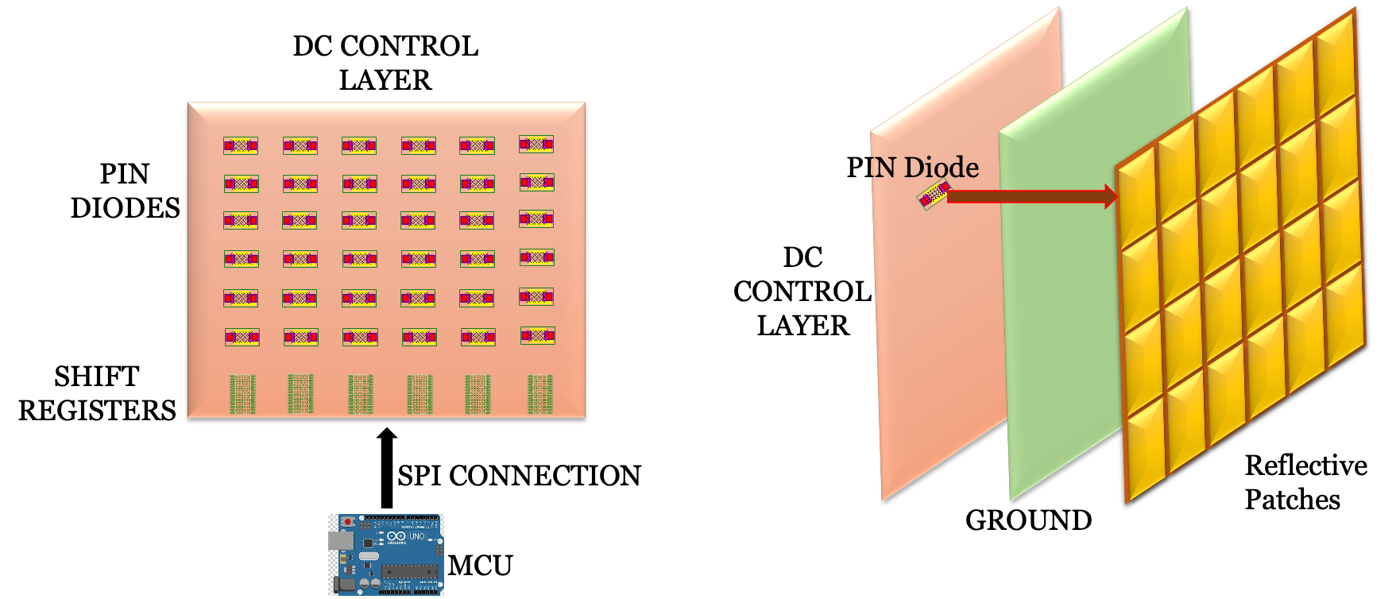
Intelligent reflecting surfaces
intelligent reflecting surface (irs) is a novel concept that is been introduced in beyond 5g communication. it will reconfigure the wireless propagation environment via software-control reflection. this surface will consist of low-cost integrated electronics that would sense and reflect electromagnetic waves in a specific direction. as a result, this would boost the signal at the receiver with no added hardware cost. this research work aims to develop and model a hardware testbed for the irs. the proposed work will explore various meta-surface unit cells which could effectively manipulate the electromagnetic waves and design a control board with irs for beamforming applications. the hardware imperfection and energy efficiency will be considered as the main metrics to optimize.
this project will investigate the optimal irs beamforming and beam management algorithms, both analytical and simulation results will be provided to guide the practical irs deployment.
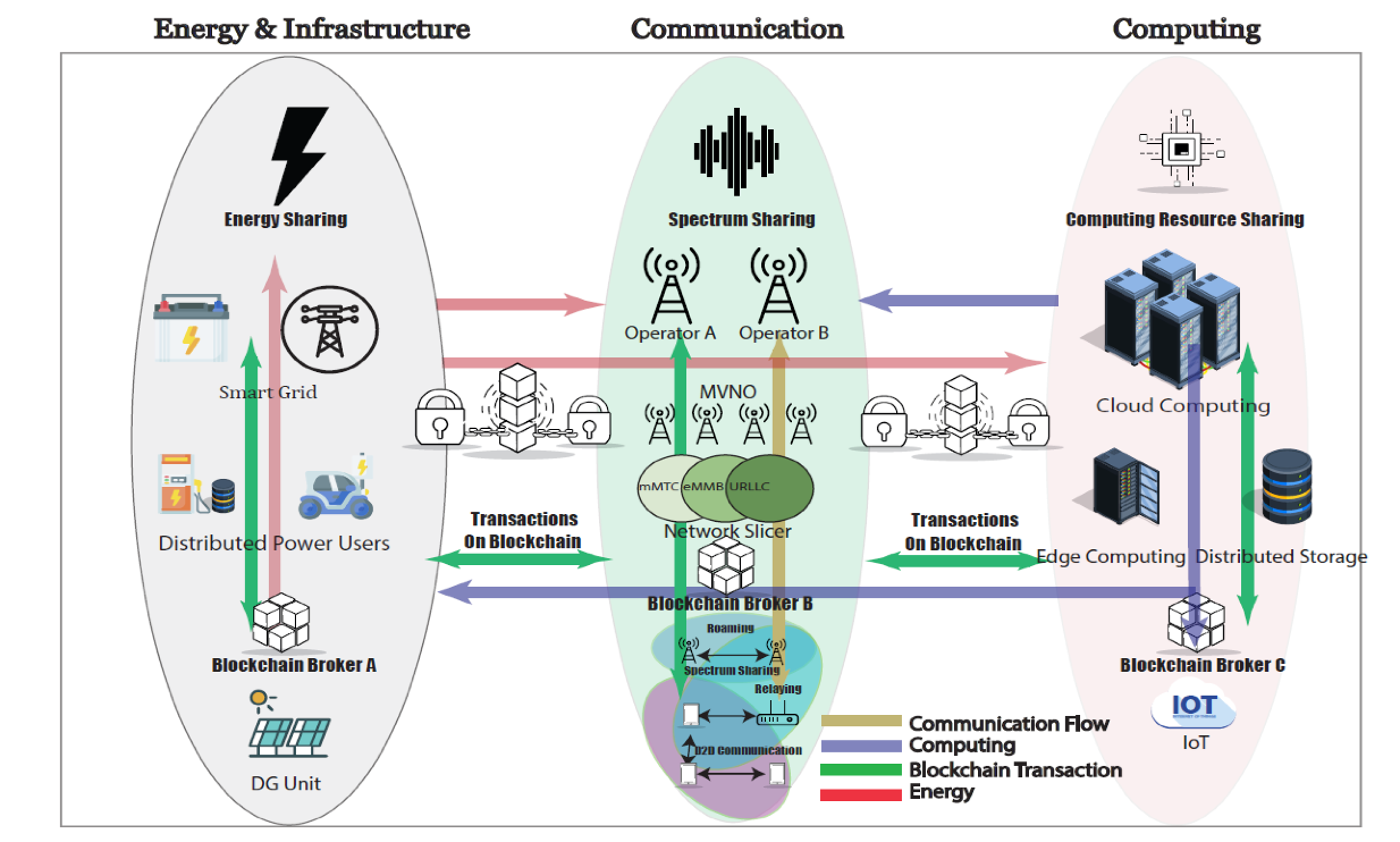
Blockchain wireless networks
Blockchain is primarily designed in a stable wired communication environment running on advanced devices, which is not suitable for high dynamic fading wireless connected digital society composed of massive low-cost Internet of Things (IoT) devices. Wireless blockchain networks will analyze and optimize the blockchain security and performance such as transaction throughput, latency, and scalability, through jointly designing blockchain and wireless communication system architecture, protocol, algorithms, and deployment.
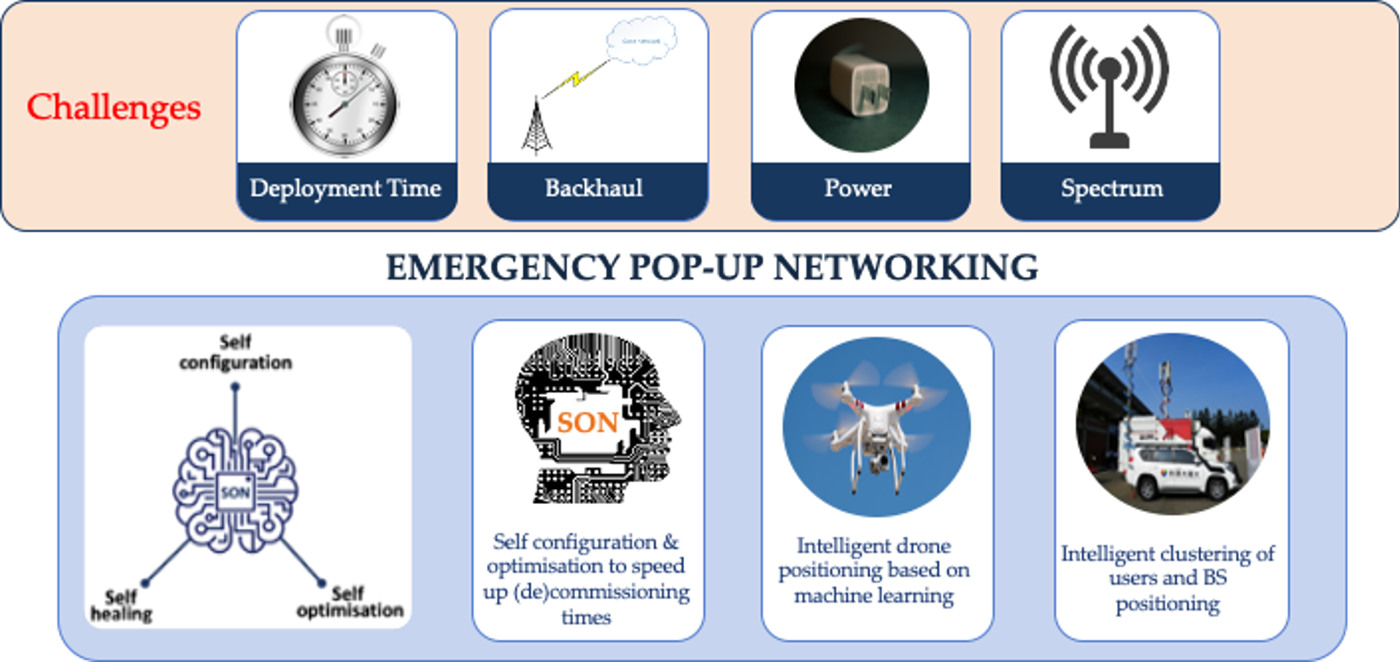
Emergency networking (Pop-up networks)
disasters are a huge threat to communication systems either due to network infrastructure being destroyed or the network being overwhelmed by a sharp rise in traffic, thereby degrading network performance. current systems are expensive to operate and maintain in times of emergency, and require significant human intervention, resulting in long commissioning and decommissioning times. this work aims to design a pop-up emergency network, based on the principles of self-organization (configuration, optimization, and healing), that takes into account the peculiarities of emergency communications – power, backhaul, and deployment time. the use of entities such as small cells and unmanned aerial vehicles will also be explored to address the challenges of emergency communications.

Quantum Information Cluster
quantum information (qi) is an interdisciplinary research field that employs principles of quantum mechanics to analyse, process, communicate, store, and protect information. qi operating using superposition and entanglement is able to revolutionise our conventional way of communication both in speed and security.
the quantum information cluster (qic) at the University of Glasgow, UK, aims to develop novel software and hardware technologies to advance the field of quantum information and quantum communication. our activities include quantum algorithms developments, the design, modelling, micro/nanofabrication, in-wafer/ free space characterization, and measurements of micro/nanoelectronics and ultrafast nanophotonic quantum devices and circuits.
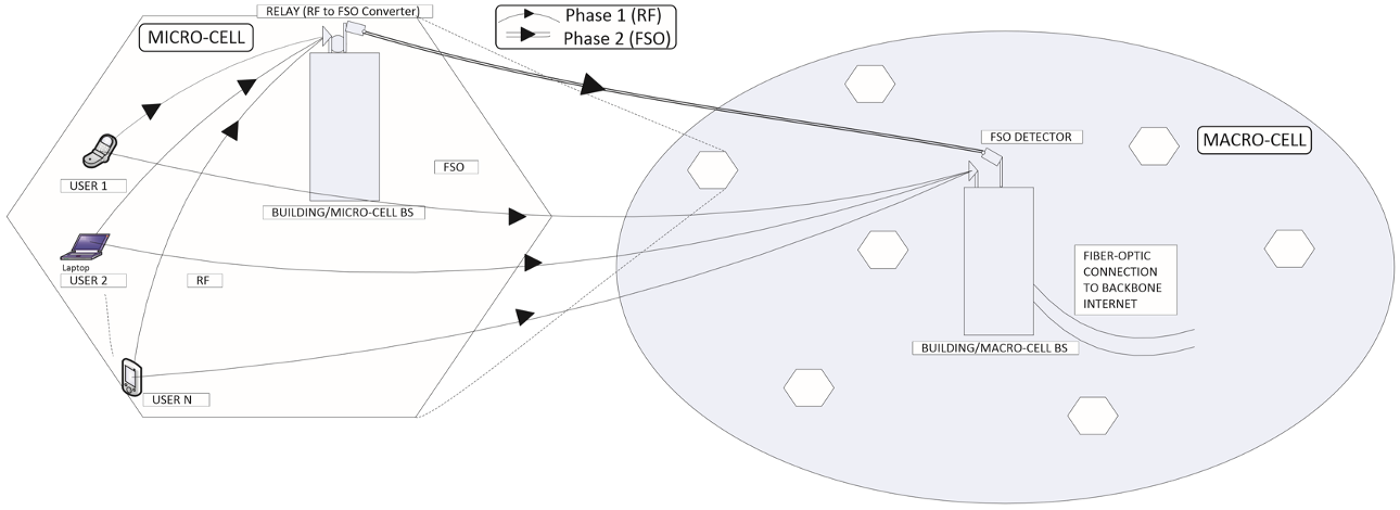
Free-space optics and wireless backhaul
As we move towards 5G and beyond, the need for overcoming the issue of spectrum crunch is testing the nerves of reliability and security of our modern-day communication systems. This can be efficiently tackled via utilising a non-traditional spectrum range that is license-free in its availability and inherently secure while being enormously robust. FSO technology boasts of being complementary to the traditional radio-frequency (RF) communication systems and millimetre wave (mmWave) technology, among others. Hence, based on this highlighting feature, FSO technology will be the source solution for wireless backhaul. Specifically, we address issues in modelling FSO wireless transmissions and analysing its performance while this technology is utilised with RF and mmWave technologies in a complementary fashion. Based on this analysis, we have been deeply investigating these systems from physical-layer (PHY) security perspective as well. Subsequently, we have devised adaptive algorithms for improving the throughput of mixed RF-FSO systems.
Energy harvesting communications
With the expected exponential growth of this market, resulting from the increase of data rates with the launch of 5G networks, the energy consumption of wireless networks is expected to increase dramatically. Energy harvesting (EH) is a promising solution to combat the energy inefficiency problem and make wireless networks sustainable. The main idea for EH communication is to generate energy from sources that do not cause CO2 emissions, e.g., solar cells, RF waves and wind turbines. In contrast to regular power supply solutions where a fixed amount of power is available throughout the operation, EH communication solutions are time-dependent and the energy availability is a stochastic process. The system design philosophy for the sustainable EH communication system requires time-domain optimization of the system resources such that energy is available before it is required. Energy-efficient radio resource allocation and EH based solutions go hand to hand to make a wireless network sustainable and maximize the revenues for the network operators. The focus of the research is to develop and analyze resource allocation algorithms in wireless networks to reduce the on-grid power consumption in future networks.
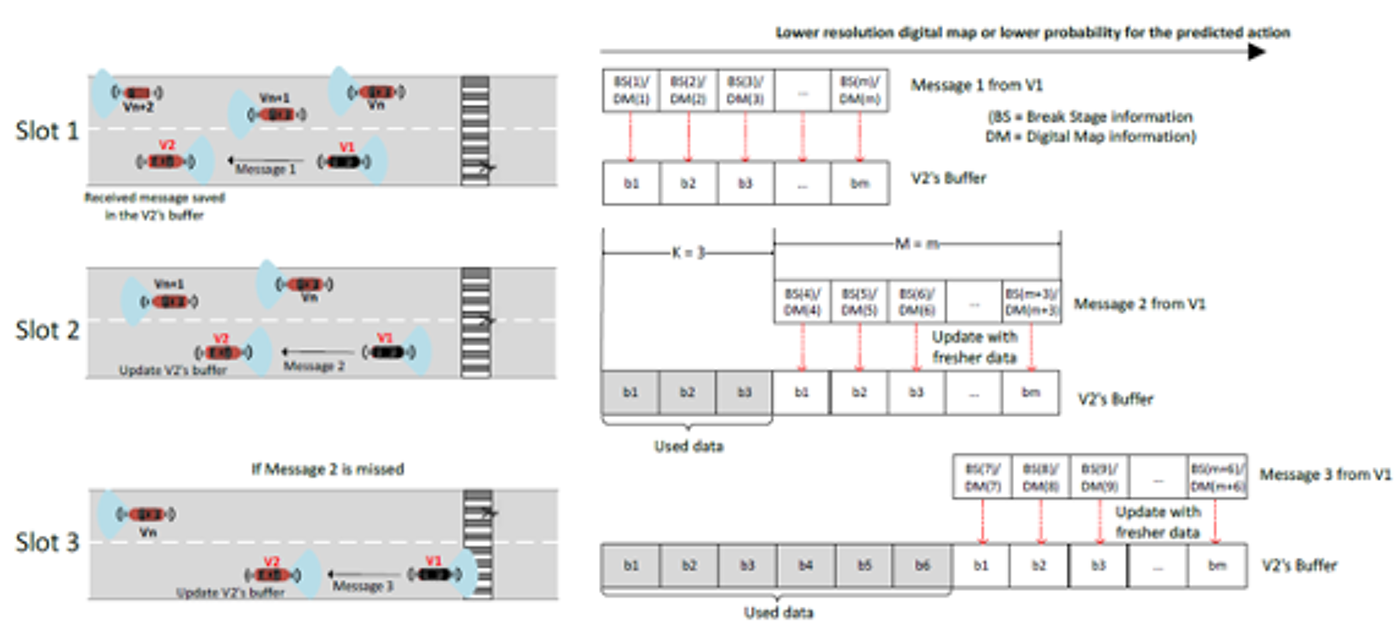
Ultra-reliable low latency communications (URLLC)
5G systems simultaneously support various services (use cases) and need to span a wide range of requirements. Besides the race for increased data rates in 5G networks, enabling ultra-reliable low latency communication (URLLC) is another challenge in 5G networks. The notion of reliability in URLLC not only includes the reliable transmission of data in a network but includes the time dimension as well. The data has to be delivered within the latency targets reliably and the latency target is for an end-to-end system. URLLC finds applications in the health sector, autonomous vehicles, industrial control, mission-critical applications, and many other emerging areas. The challenge is to develop resource allocation mechanisms in a wireless network that enable URLLC. The topic of interest in this emerging area of research includes techniques like wireless proactive caching, fog computing, cloud RAN, hybrid ARQ, Device to Device communication and network slicing to name a few.
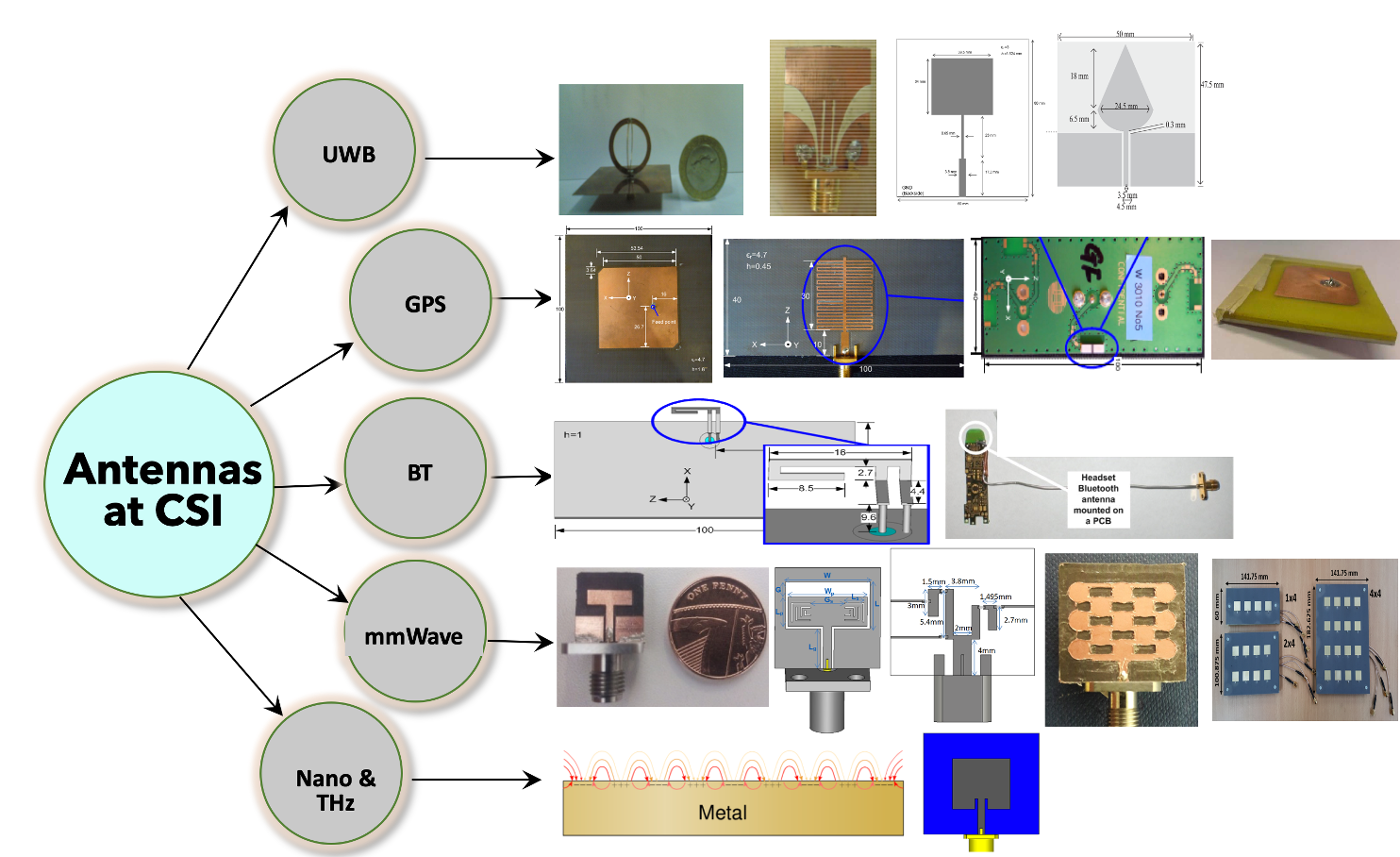
New antennas (THz and mmWave)
The demand for high transmission data rates, low latency, high reliability and interference-free operation for applications in communications, infotainment, autonomous vehicles, positioning & localisation, smart healthcare and smart agriculture is ever-increasing. The need is driving the development of wireless networks fostering the exploration of the new spectrum along with the use of conventional frequencies and Millimeter-wave (30 to 300 GHz) and Terahertz (0.1 to 10 THz) bands are considered the front-runner enabling technologies for future wireless networks. High performing wireless devices require efficient low profile antennas offering larger bandwidth, higher gain and insensitivity to the human user presence while maintaining reasonable performance in ever-shrinking form-factors and under extreme interference conditions to ensure reliable communications.
The antenna design cluster in CSI is taking on this challenging task and provides insight into the antenna design considerations fostering novel approaches for the development of efficient, cost-effective, scalable, and reliable antenna solutions for wireless networks and the Internet of Things. Some of the key areas being investigated are massive MIMO antenna systems and beamforming techniques, smart reconfigurable and multiband antennas, antennas for wearable and implantable devices, base station and mobile terminal antennas, antennas for Machine-to-Machine (M2M) communications, phased array antennas, RFID antennas, GNSS antennas and AI-enabled antenna solutions.

Network resilience
A single point of failure is a major concern in most centralised networks and its detrimental effect is even more pronounced in emergency scenarios. Hence, this research work will focus on proposing distributed data delivery and resource management schemes for improving network resilience, especially in emergency situations. Stochastic geometry will be used to model nodes and the location of network entities along with appropriate traffic models to develop a theoretical, as well as practical understanding of the system. The performance of these algorithms will be evaluated in terms of carefully selected key performance indicators.
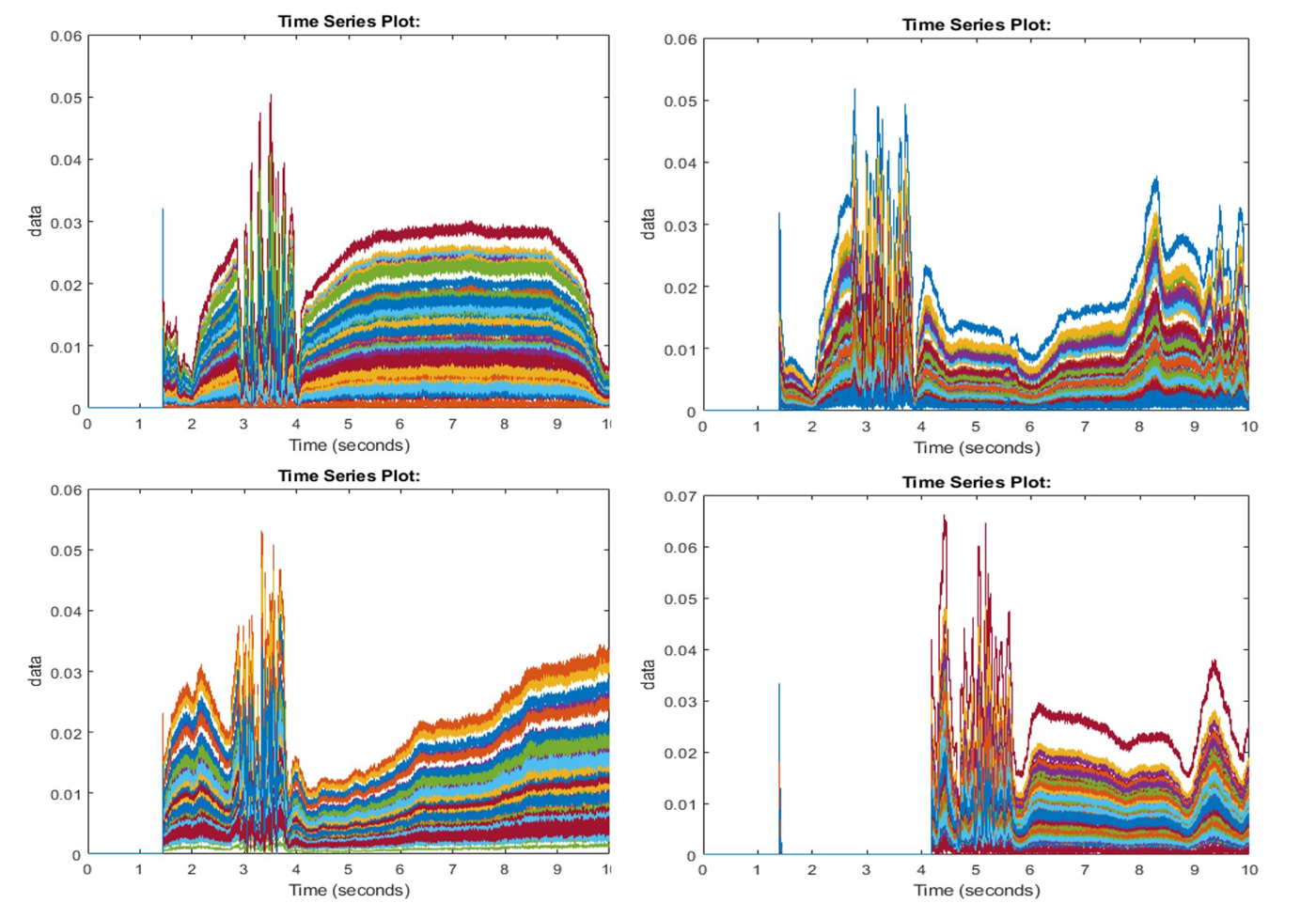
Wireless channel characterization and modelling
The focus is on parametric stochastic channel modelling of small scale and large scale variations in wireless propagation channels. Contrary to other approaches widely employed, such as measurement/site-specific-, simulation (e.g., FDTD, ray tracing)-, or geometry-based that heavily rely on the specific wireless scenario setting (measurement or site specific-based) or fail to accurately model all features of multipath propagation such as multi-bounce scattering (geometry-based), we have been adopting a parametric stochastic modelling approach that can adapt to every propagation scenario, e.g., urban cellular, vehicle-vehicle, point-to-point mm-wave communications. The inherent spatial, temporal and frequency variations are stochastically modelled following a duality principle, i.e., concepts from spatial variations modelling to be adopted in frequency variations modelling, etc. The applicability and limitations of all channel modelling approaches are comprehensively considered in terms of accuracy and complexity. One more advantage is that the adopted methodology can be readily adapted in the design of a wide range of wireless components and systems such as multi-antenna systems, OFDM, CDMA receivers and physical layer security modules.
The physical layer of wireless/cellular communications
Our research has focused on several aspects of the design of the technologies that enable efficient information communication on wireless channels. This includes the design of efficient new waveforms (FBMC, UFMC, GFDM etc.), their theoretical and practical performance evaluation and their impact on system-level performance. We also work on Non-Orthogonal Multiple Access techniques (NOMA) and their related waveforms (LDS, SCMA etc.) and their implications on system-level performance. Our work also covers antenna and multi-antenna systems design and performance evaluation, together with hybrid beamforming and the potential of Visible Light Communication (VLC) for the future generation of cellular and wireless applications (the 5G). As a group, we are also working on receiver design aspects such as OFDM and CDMA systems and the physical layer security applications in Machine-to-Machine type and Internet-of-Things (IoT) communications. Our school of thought relies on exploiting the physical layer attributes for designing such systems.
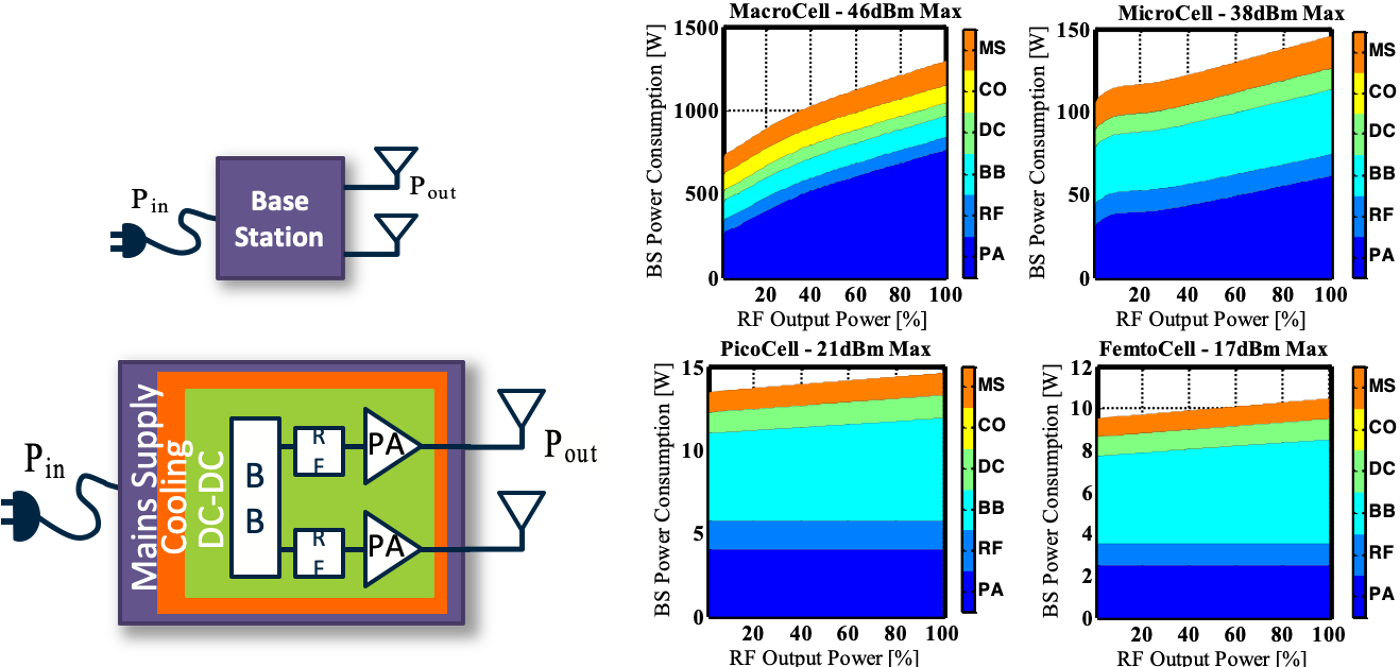
Energy and spectrum efficient cellular communications
Our research focuses on reducing the energy bills for the network operators as well as saving the planet by reducing the carbon footprint of cellular networks. We look at the energy-efficient design at the component level, energy harvesting solutions, efficient design of node-level subsystems including power amplifiers and then system-level solutions like discontinuous transmissions and efficient cell-muting. Cognitive radio networking is further exploited for high spectrum efficiency via cooperative and cluster-based spectrum sensing algorithms. With the objective of minimizing leased spectrum cost, the user requests are served with the sensed spectrum or put in a time-bound queue in case of free spectrum unavailability. With the objective of minimizing leased spectrum cost, the user requests are served with the sensed spectrum or put in a time-bound queue in case of free spectrum unavailability. We work on fundamental performance limits as well as practical solutions approaching these limits. We also look at disruptive new technologies like Device to Device and mm-Wave for their potential of energy-efficient communications. We have pioneering publications on the futuristic architecture of Control Data Split (CDSA) to enable the energy-efficient operation of cellular systems.
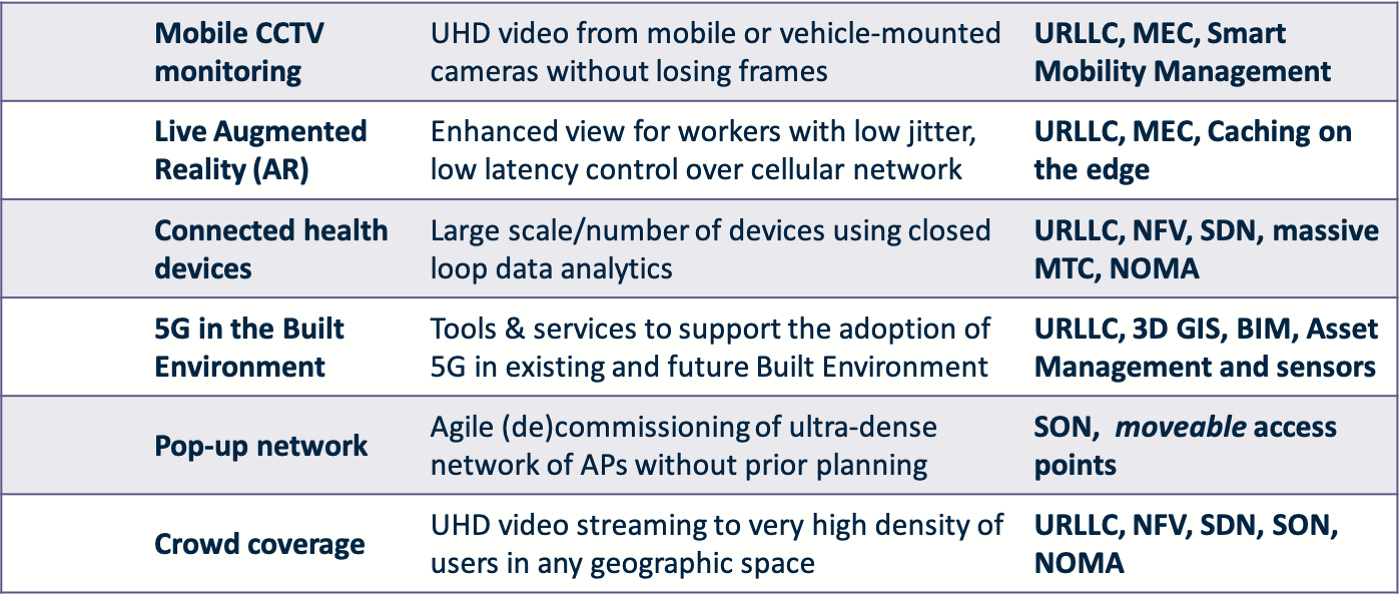
Vertical markets for wireless communications
As a research group, we holistically exploit our capabilities to provide solutions to the vertical industries exploiting the capabilities of wireless communications. This includes (but is not limited to) smart cars, smart metering, smart manufacturing, financial markets, ultra-reliable communication, tactile internet, cost-effective solutions for covering rural areas, mHealth, Healthcare for underprivileged and Health Informatics, communications for learning and teaching solutions, delay-tolerant services, use of Unmanned Aircraft Vehicles UAVs for different services, communication for reshaping energy demand, smart grid, Smart spaces, Mobile phone applications and many more areas.
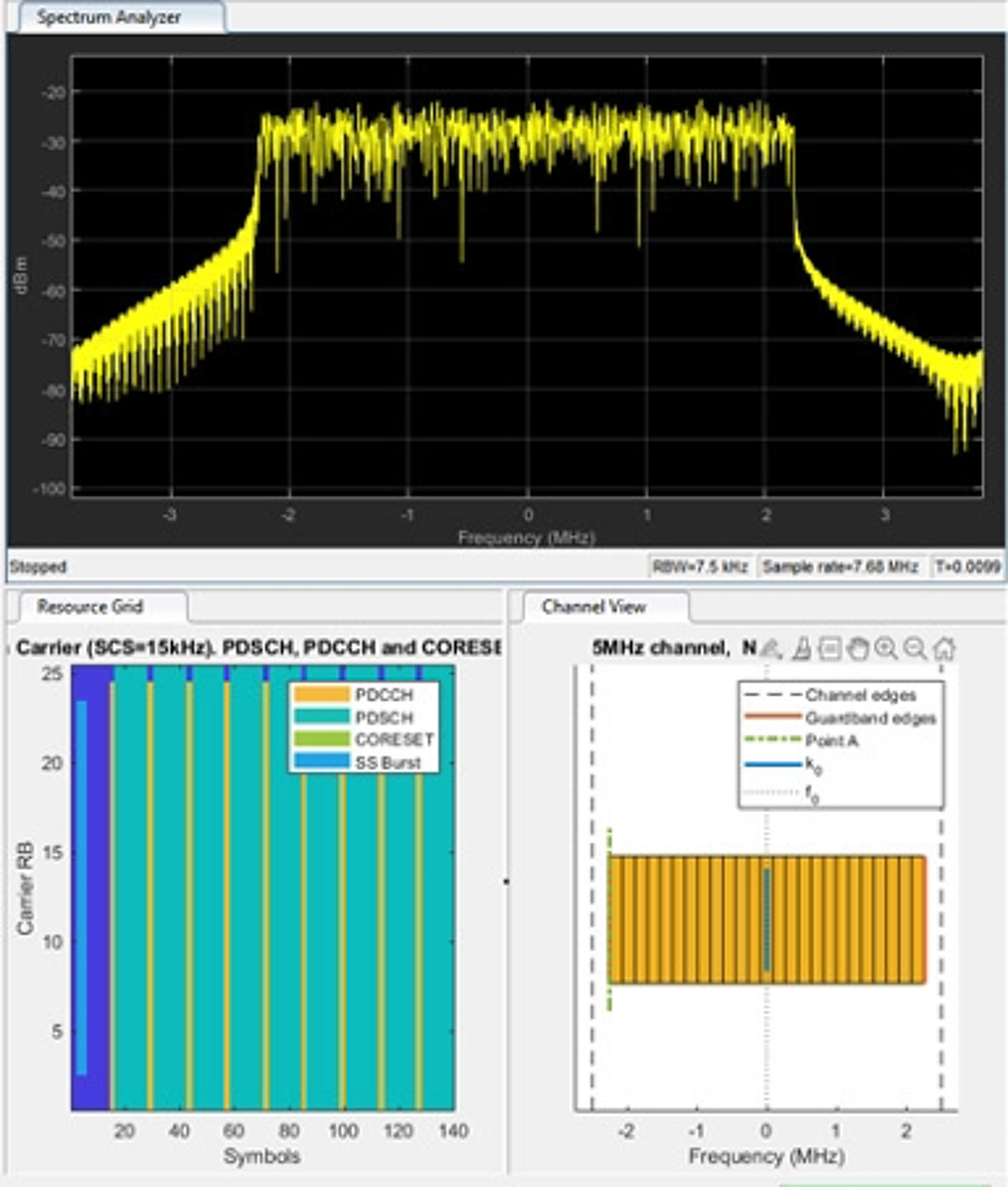
Signal processing for future waveforms
Performance estimation for the fusion of radar and communication signals from modelling to experimentation. With further device integration and demands to offer more services for customers or gather more information for mobile radio head intelligence, the integration of radar to fulfil both the communication and radar function simultaneously, however, the choice of waveform and architecture is specific to the usage and the designed performance metrics. CSI can propose a study for task technology fit in order to design a waveform suited for the application and estimate performances and hardware requirements to reach set goals.
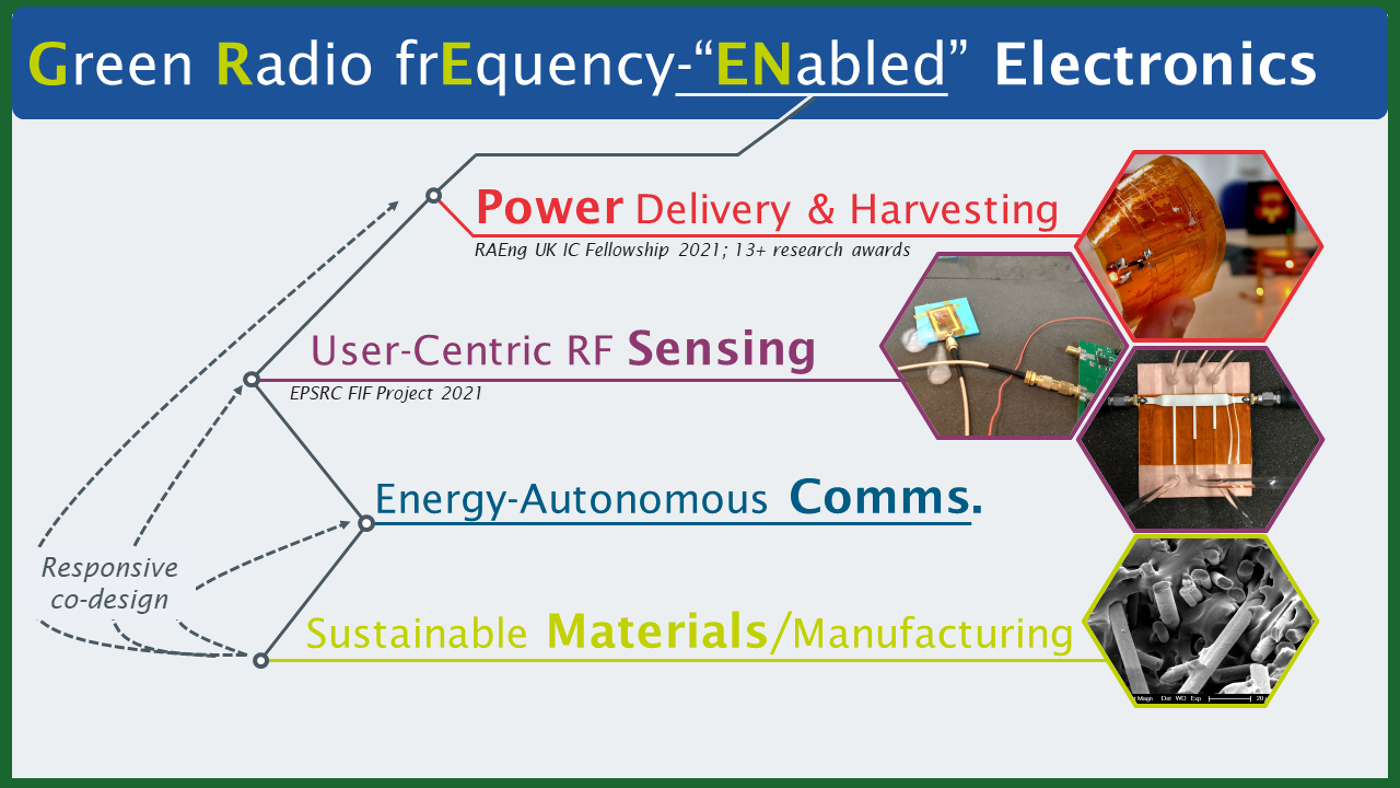
Green RF-Enabled Electronics
Conventional electronics systems have a considerable carbon, energy, and waste electrical and electronic equipment (WEEE) footprint. our research investigates how well-established RF technologies can be used to make wireless electronic systems more sustainable through:
- RF energy harvesting and wireless power transfer techniques.
- Low-power and passive communication using backscattering and low-power modulation.
- RF-based sensing using sustainable materials and flexible and printable antennas.

